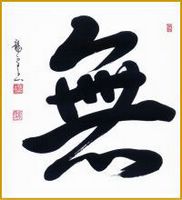Shubun (fl. ca. 1420–ca. 1463), a Zen Buddhist monk of high rank at the Shokokuji monastery in Kyoto, was considered the preeminent Japanese painter of the second quarter of the 15th century. His principal artistic achievement was representing limitless space in painting. Although many ink paintings, especially landscapes, have been attributed to Shubun, there is little scholarly agreement on the authorship of surviving works associated with his name.
Japanese Art Landscape F1963.5


No comments:
Post a Comment